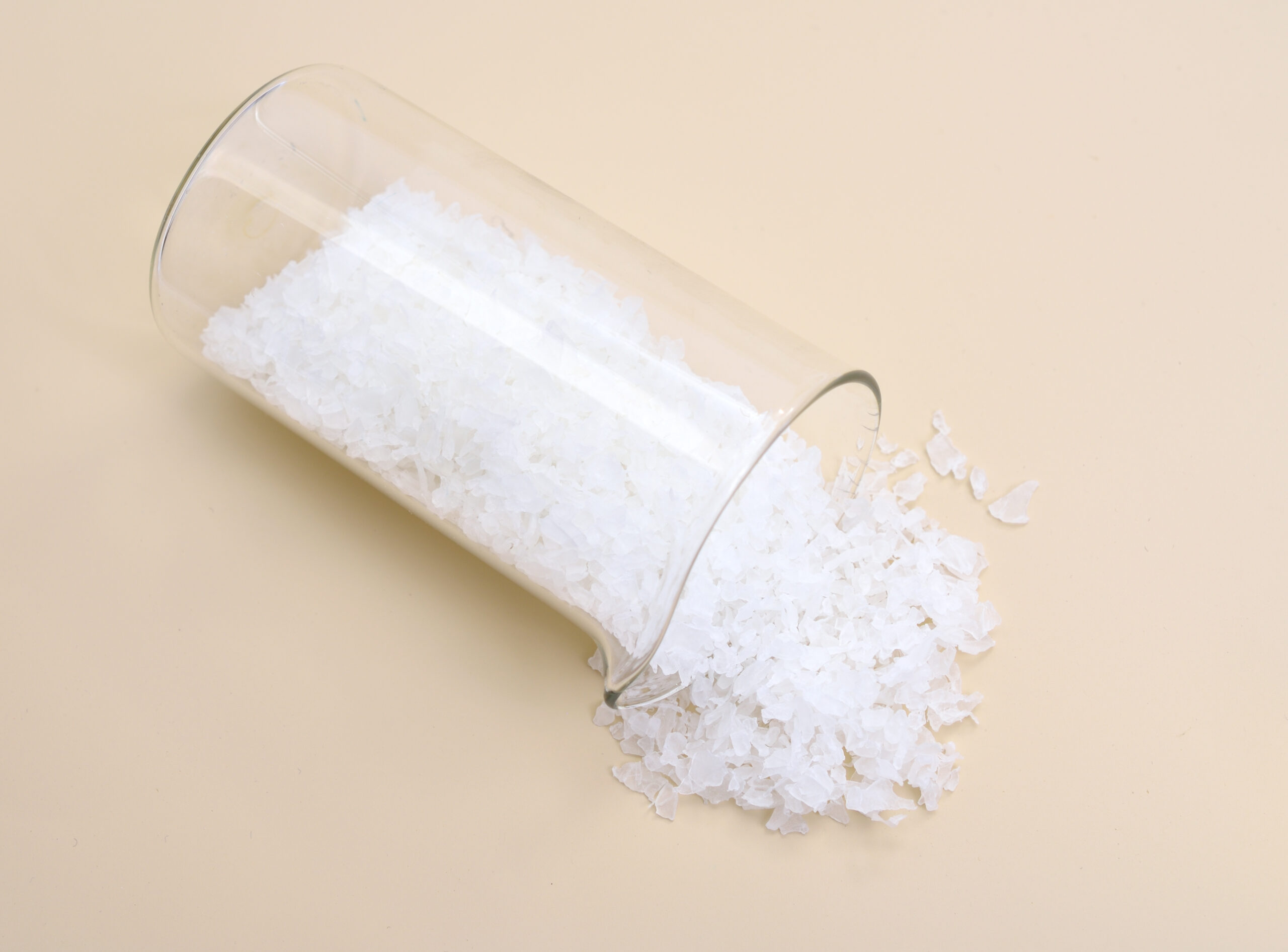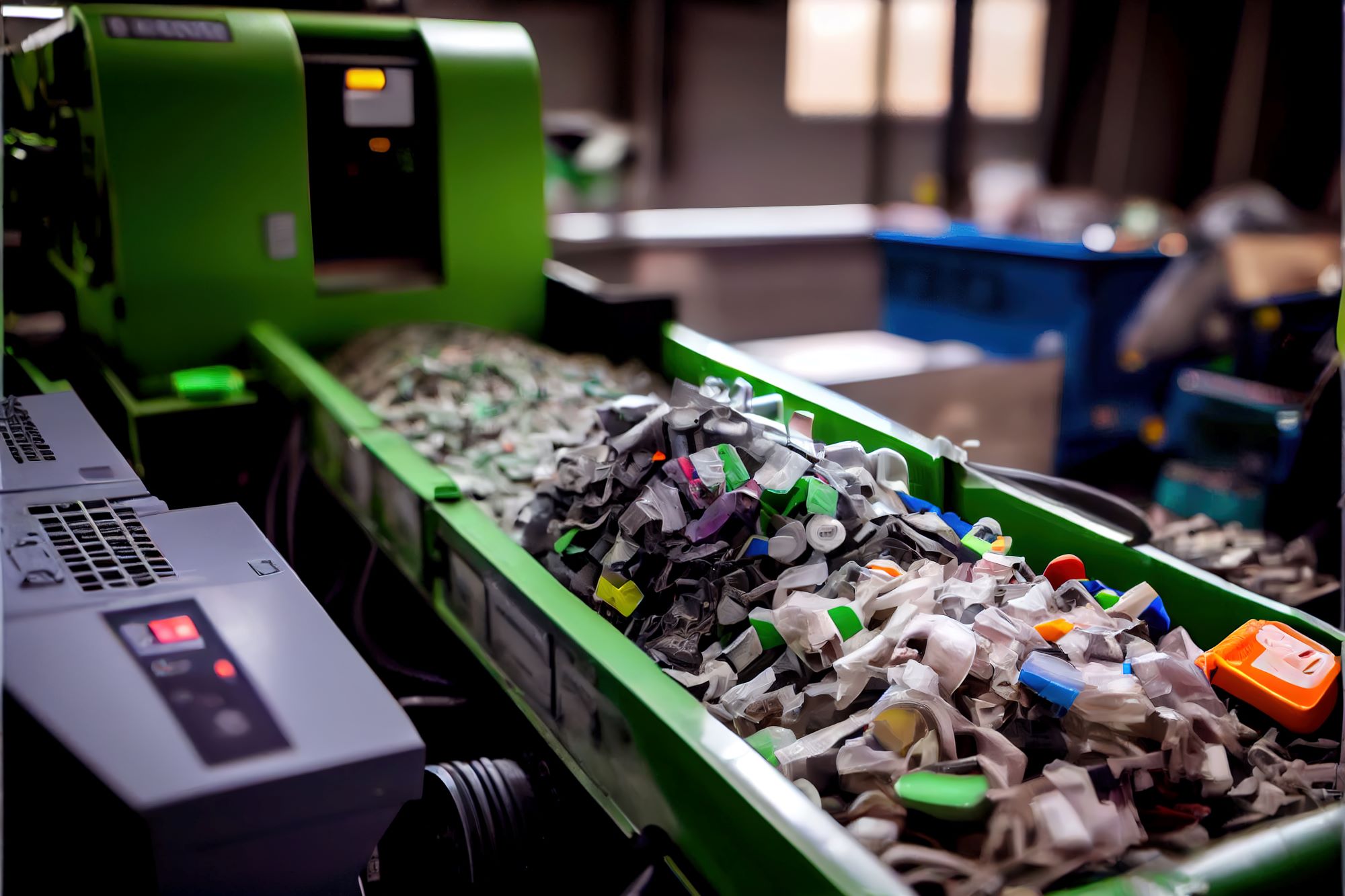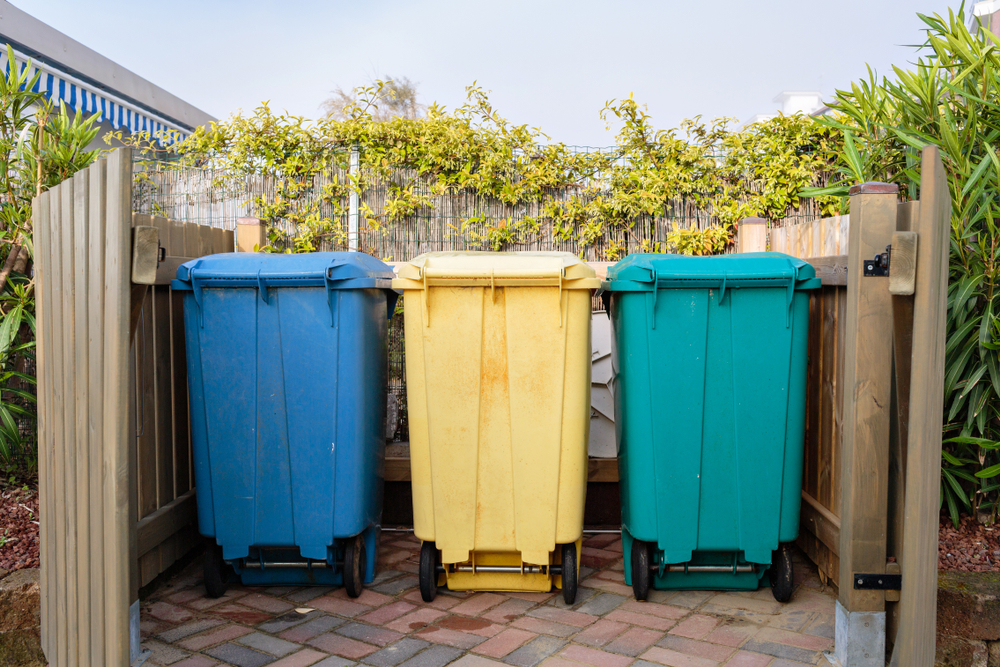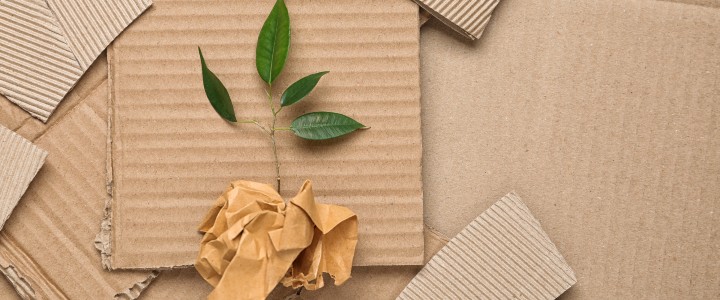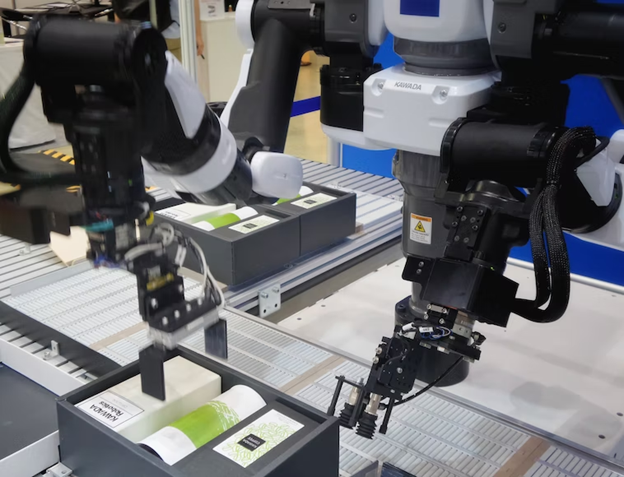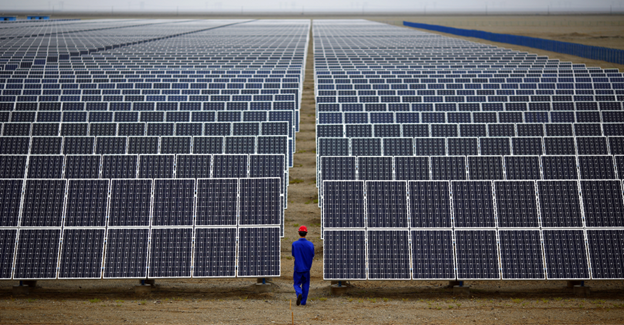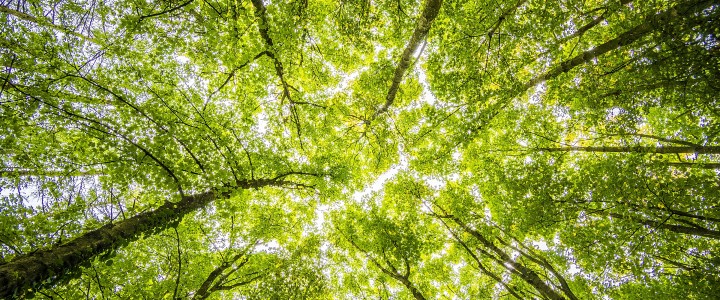Paper Recycling Facts to Help You Think Globally
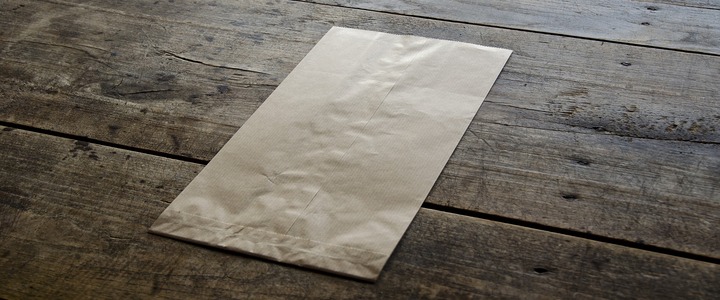
Did you know that a ton of office and non-recycling paper equals twenty-four trees? Similarly, seventeen trees equal a ton of virgin paper, while twelve trees will help create a ton of newsprint paper.
We use paper in our everyday lives without giving it much thought. From toilet to printing paper, it is a convenient asset to have at our immediate disposal. After all, paper caters to our needs and simplifies our daily interactions.
Be that as it may, we live in the age of digitalization. As technology advances, so does our awareness of environmental preservation. In fact, we are urged to be mindful of how we approach natural resources now more than ever — and for a good reason. Our planet is facing a climate crisis and we should preserve its resources as much as possible.
With that said, it is no surprise that paper recycling plays an important role in prudent natural resource consumption. But how did it all come to be? And what are the benefits of making an effort to recycle paper? Let us find out and look at some paper recycling facts.
A Brief History of Paper Recycling
Paper recycling is not a novel idea. The first recorded instance was in 11th century Japan. During the Heian Period, the Japanese Imperial court suffered a decline. Consequently, paper production fell out of the state’s control. As private estate owners began building their own paper mills, the idea of reusing waste paper to maximize output and conserve materials became common.
About six centuries later, the Rittenhouse Mill was built in Philadelphia. This paper mill took old cotton and linen cloths to produce recycled paper. The paper was then sold to printers for use in publications, such as newspapers and Bibles.
Moving on to World War II, paper recycling became one of many nationwide campaigns that would help fund the war efforts. Subsequently, the first curbside collections of paper began appearing in the 1960s across the States. Following the same trend, Missouri got its first curbside paper recycling bin in 1974. It was conveniently dubbed as “The Tree Saver”.
In addition to paper recycling, consider choosing sustainable toilet paper options, like recycled or bamboo-based varieties, to reduce environmental impact. Making this simple switch can help conserve natural resources and minimize the ecological footprint of paper products.
Five Reasons to Recycle Your Paper Today
Aside from the common knowledge that paper recycling allows us to save natural resources, here are some additional details for you to take into account.
-
Protect the Environment and Contribute to the E-LCA
We have previously mentioned how many trees it takes to make certain types of paper. However, a ton of recycled paper conserves more than just one natural resource. As a matter of fact, it will save 7000 gallons of water, 463 gallons of oil, and 17 trees in the process.
-
Decrease the Landfill Waste
Landfills present a threat to our environment. Moreover, they can negatively impact our health as well. For this reason, paper recycling will see that the landfills decrease in size. After all, about 40% of landfill waste is paper.
-
Minimize the Pollution
Did you know? It is easier to produce recycled paper sheets than new ones. In fact, recycled paper requires up to 50% less energy to craft. Moreover, it decreases pollution at the same time. To put this into perspective, the process of recycling amounts to 74% less air pollution and 35% less water pollution.
-
Make the Best of Repurposing
It is no secret that paper is repurposed when recycled. However, it can be done only a handful of times. Since paper comprises fibers, they become shorter with each recycling. As the recycled fibers can be used anywhere between five to seven times, new ones will need to be introduced eventually.
-
Declutter the Living Space
Rather than opting for paper copies, why not choose modern high-tech devices instead? We are at a point where almost anything we can think of is available digitally. Generally speaking, storing information on electronic devices is a better alternative. At the end of the day, digital copies are not harmful to the environment, keep the information neatly organized, and declutter our living space.
Interesting Facts About Trees, Paper, and Recycling
If you are still not convinced that your approach to paper recycling can make a difference, the following facts might change your mind.
- The paper recovery rate in the US was 66.8% in 2011. It has seen an increase of nearly 50% since 1990.
- 24 billion newspapers, 350 million magazines, and two million books are issued every year.
- 500,000 trees equal a week’s worth of Sunday newspapers.
- On average, recycling a single run of Sunday New York Times would save 75,000 trees.
- The amount of annual paper waste could help build a 12-foot high wall of paper from New York to California.
- The high-grade paper comprises most of the paper waste. It is also the one that requires the most trees to produce.
- On a global scale, the consumption of toilet paper equals 42 million tons. It is approximately 50,000 times the circumference of the Earth.
- 93% of all paper comes from trees.
- A single tree produces enough oxygen for three people.
- Despite digitization, the demand for paper is likely to double by 2030.
Say YES to Paper Recycling
All things considered, the concept of paper recycling is not hard to grasp. In fact, it is something that should come naturally. Once we have no use of a paper product, we dispose of it correctly — by recycling. Better yet, we opt out of any paper products if an environmentally friendly alternative is available.
In the long run, if we want to prosper as a civilization, we need to understand that our planet has limited natural resources. To that end, paper recycling will contribute to the preservation of our environment. So the next time you are about to dispose of your paper waste, remember — when acting locally, think globally!



